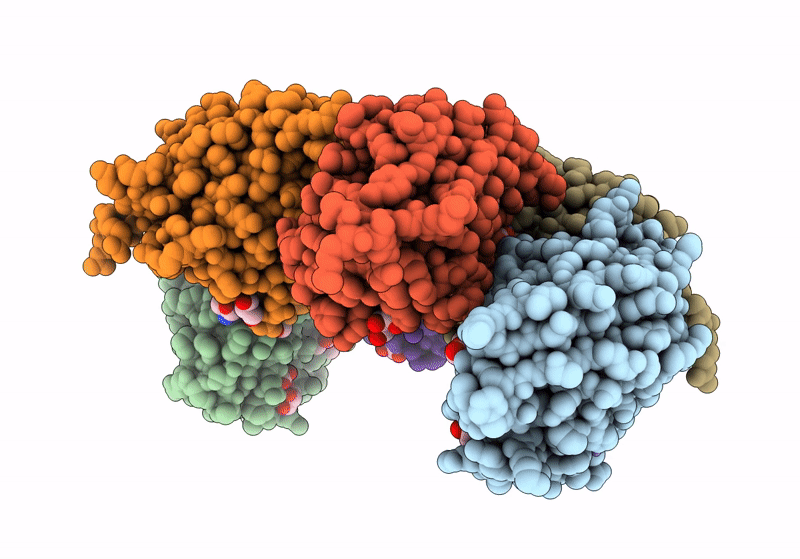
Deposition Date
2023-08-23
Release Date
2024-04-10
Last Version Date
2024-04-10
Entry Detail
PDB ID:
8QAX
Keywords:
Title:
Medicago truncatula HISN5 (IGPD) in complex with MN, FMT, GOL and TRS
Biological Source:
Source Organism:
Medicago truncatula (Taxon ID: 3880)
Host Organism:
Method Details:
Experimental Method:
Resolution:
1.69 Å
R-Value Free:
0.20
R-Value Work:
0.17
R-Value Observed:
0.17
Space Group:
I 4


